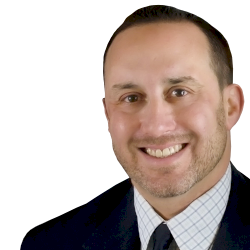Implants in young adults – clinic and science
This lecture will highlight both clinical and scientific matters regarding implant treatment in this group of patients.
The etiologies of missing teeth in young permanent dentitions are generally partial agenesia or dental trauma. In contrast to implant treatment in older patients, the challenge with young adults is that the implants are expected to be in use for a substantially longer period of time. We also know that continued facial and dental changes occur even after termination of pubertal growth and into adult life. These young adults are in need of both extensive implant treatments with fixed partial dentures and single implants. Due to great bone loss in small spaces often in combination with thin biotypes and high smile lines these treatments are often demanding and to receive good clinical results with a good long-term prognosis multidisciplinary teamwork is crucial both prior to and during treatment. Few scientific studies on long-term follow-up of single implants can be identified in the literature and even fewer targeting this group of patients. How do these treatments perform long term regarding success and survival, marginal bone levels, complications and infra occlusion in young adults? This lecture will highlight both clinical and scientific matters regarding implant treatment in this group of patients.


 ԵԽ համայնքներ
ԵԽ համայնքներ


























 Armenian
Armenian



































